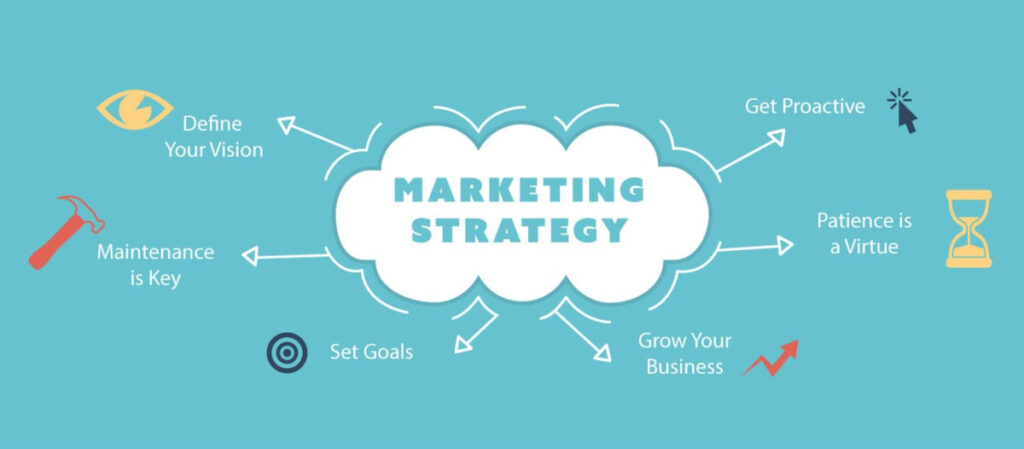In today’s dynamic business environment, Financial planning essentials for supporting business growth are more critical than ever. Whether you’re a startup or an established enterprise, understanding and implementing key financial strategies can make the difference between success and stagnation. This comprehensive guide delves into the essential components of financial planning that drive business expansion, ensuring your organization stays competitive, sustainable, and financially resilient.
1. Strategic Financial Planning: Aligning Finance with Business Objectives
Strategic financial planning involves setting long-term financial goals and developing strategies to achieve them. It ensures that financial decisions align with the company’s mission and growth objectives. By focusing on long-term value creation, businesses can navigate market uncertainties and capitalize on opportunities.
Key Components:
- Establishing clear financial goals
- Developing comprehensive financial forecasts
- Allocating resources effectively
- Implementing risk management strategies
Strategic financial planning is not just about numbers; it’s about making informed decisions that propel the business forward.
2. Business Financial Planning: Building a Solid Foundation
Business financial planning encompasses budgeting, forecasting, and managing financial resources to ensure operational efficiency and profitability. A well-structured financial plan provides a roadmap for achieving business objectives and adapting to changing market conditions.
Essential Elements:
- Detailed budgeting for business expansion
- Cash flow management
- Investment analysis
- Performance monitoring
By maintaining a robust financial plan, businesses can make proactive decisions and avoid potential pitfalls.
3. Financial Forecasting for Businesses: Anticipating Future Needs
Financial forecasting involves predicting future revenues, expenses, and capital requirements. Accurate forecasts enable businesses to plan for growth, secure funding, and allocate resources efficiently.
Benefits of Financial Forecasting:
- Identifying potential financial challenges
- Supporting strategic decision-making
- Enhancing investor confidence
- Facilitating timely adjustments to business strategies
Regularly updating financial forecasts ensures that businesses remain agile and responsive to market dynamics.
4. Budgeting for Business Expansion: Managing Growth Effectively
Effective budgeting is critical when planning for business expansion. It involves estimating the financial requirements of growth initiatives and ensuring that sufficient resources are allocated to support them.
Key Considerations:
- Assessing the costs associated with expansion
- Evaluating funding options
- Monitoring expenditures against budgets
- Adjusting budgets based on performance metrics
A well-planned budget serves as a financial blueprint, guiding businesses through the complexities of expansion.
5. Financial Management for Growth: Sustaining Long-Term Success
Financial management for growth focuses on optimizing financial performance to sustain long-term success. It involves managing assets, liabilities, revenues, and expenses to achieve financial stability and profitability.
Strategies for Effective Financial Management:
- Implementing robust financial controls
- Regularly reviewing financial statements
- Optimizing working capital
- Ensuring compliance with financial regulations
By maintaining sound financial management practices, businesses can support ongoing growth and adapt to evolving market conditions.
6. Business Capital Planning: Securing Resources for Expansion
Business capital planning involves identifying and securing the necessary financial resources to support growth initiatives. This includes evaluating funding options, such as equity financing, debt financing, or reinvestment of profits.
Steps in Capital Planning:
- Determining capital requirements for growth projects
- Assessing internal and external funding sources
- Developing a capital structure that balances risk and return
- Monitoring capital utilization and returns on investment
Effective capital planning ensures that businesses have the financial means to pursue growth opportunities without compromising financial stability.
7. Financial Goals for Businesses: Setting Targets for Success
Establishing clear financial goals is essential for measuring progress and driving business performance. These goals should be specific, measurable, achievable, relevant, and time-bound (SMART).
Examples of Financial Goals:
- Increasing revenue by a certain percentage
- Reducing operating expenses
- Improving profit margins
- Enhancing return on investment
Regularly reviewing and adjusting financial goals keeps businesses focused and aligned with their growth strategies.
8. Financial Planning Checklist: Ensuring Comprehensive Coverage
A financial planning checklist serves as a tool to ensure that all critical aspects of financial planning are addressed. It helps businesses stay organized and proactive in managing their financial health.
Key Items on the Checklist:
- Developing a comprehensive business plan
- Conducting financial forecasting and budgeting
- Implementing financial controls and monitoring systems
- Reviewing and updating financial strategies regularly
Utilizing a checklist promotes thoroughness and consistency in financial planning efforts.
9. Small Business Finance Tips: Navigating Financial Challenges
Small businesses often face unique financial challenges that require tailored strategies. Implementing practical finance tips can enhance financial stability and support growth.
Practical Tips:
- Maintain accurate and up-to-date financial records
- Separate personal and business finances
- Monitor cash flow regularly
- Seek professional financial advice when needed
By adopting sound financial practices, small businesses can build a solid foundation for sustainable growth.
10. Growth-Focused Financial Strategy: Driving Business Expansion
A growth-focused financial strategy prioritizes investments and initiatives that contribute to business expansion. It involves identifying high-impact opportunities and allocating resources to maximize returns.
Components of a Growth-Focused Strategy:
- Market analysis to identify expansion opportunities
- Investment in research and development
- Strategic partnerships and acquisitions
- Scalable business models
Aligning financial strategies with growth objectives enables businesses to capitalize on emerging trends and maintain a competitive edge.
In conclusion, Financial Planning Essentials for Supporting Business Growth encompass a range of strategies and practices that collectively drive business success. By focusing on strategic financial planning, effective budgeting, accurate forecasting, and robust financial management, businesses can navigate the complexities of growth and achieve their long-term objectives. Implementing these essentials not only supports expansion but also ensures financial resilience in an ever-evolving marketplace.




